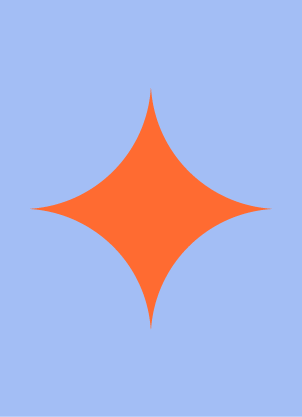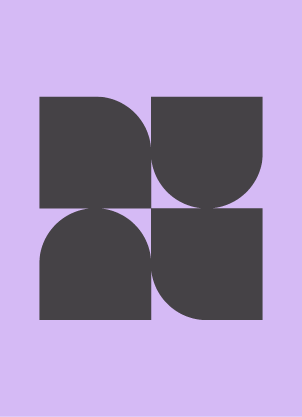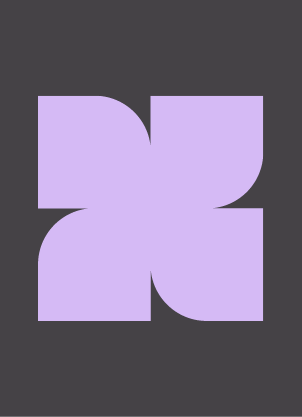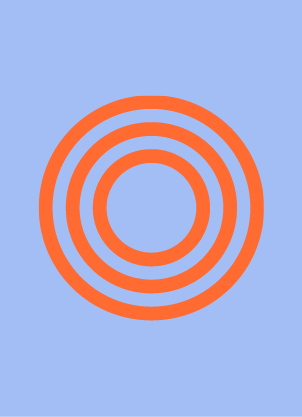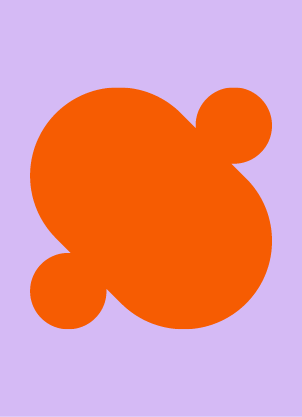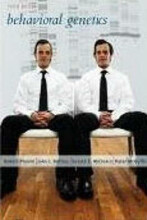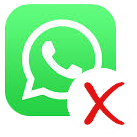Articles - Disruptive technology or visionary leadership
5 important questions on Articles - Disruptive technology or visionary leadership
Christensen Innovaiton Tel
- Disruptive innovation scores worser in the beginning than the general accepted one
- Most of the time they posses new valuable aspects, are cheaper, easier or smaller than the common alternative
- Disruptive innovation is first promoted in small upcoming markets promoted
- Meanwhile the product is made better and sharper until it can comply with demands and standards of customer
- At this moment the new product displaces the old one and dominates the new entrant the market
Important to note from Tellis disruptive technology or visionary leadership!!
- In the beginning the product is worser than the established product, slowly adjustments are made until the product can comply with the askings and demands. Despite larger firms listening to customer demands they are displaced by newcomers.
What shortcomings does Tellings see in the work of Christensen?
- The definition of the term disruptive innovation (the word disruptive, when is it disruptive?)
- The way of data collection (how to distinguish bad functioning technology when both are bad functioning?)
- An in-depth analysis is used with a positive bias for the theory that is used.
- Higher grades + faster learning
- Never study anything twice
- 100% sure, 100% understanding
Tellis thinks the theory behind the S-curve is also influenced by bad data collection. He tested the theory again
- Innovation was defint on the basis of characteristics not on the basis of effects
- Platform innovation is a total new way to solve a problem , nowadays solved with a new usage
- Components innovation is the usage of new materials en parts in the same technological platform
- Desing innovation is based upon the adjustments of the lay-out and components of existing products
(smaller floppy disk)
Progressiveness is based upon components innovation or design innovation. Tellis used 6 markets and the performance of 23 new technologies. In relation to the S-cuve
- Technologie does not follow an S-curve but with time between with no further successes.
- Technological changes seem very random, they depend upon timing and the height of their jumps
- A new technology does not alway start under an old one and does not always end up higher.
- A new technology can go ahead of an old one but can also be overtaken when the old technology is changed.
The question on the page originate from the summary of the following study material:
- A unique study and practice tool
- Never study anything twice again
- Get the grades you hope for
- 100% sure, 100% understanding



















